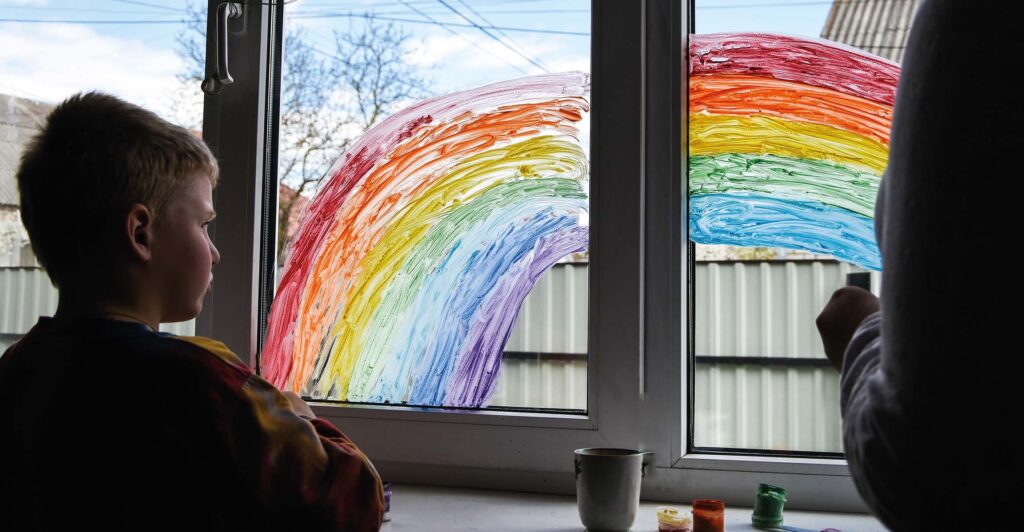Curriculum for excellence data confirms continuing pandemic impact on schools
Recent data on Curriculum for Excellence achievement levels in schools confirms the continuing impact that the Coronavirus pandemic has had on education and young people across Scotland. Whilst the data paints an outline of the impact of COVID on learners’ achievement of CfE levels, the figures do not capture the deep, complex and enduring impacts of the pandemic on learners’ engagement in learner or wider health and wellbeing needs.
Annual ACEL data, published late last year, demonstrates clearly that the impact of the pandemic is still evident in our schools. The report highlights a significant increase in the number of pupils recorded as having an Additional Support Need (ASN) in mainstream settings, with increases of 10%, 25%, 32% and 35% recorded for P1, P4, P7 and S3 pupils respectively. These increases have not been matched by corresponding increases in core funding for education, with class teachers continuing to plug the gaps in provision arising from a lack of specialist ASN teachers and from the systemic under-funding of key front-line support services.
The data demonstrates the impact of this chronic under-finding of ASN provision, with only 46% of Primary children with ASN achieving Literacy levels against a national figure of 79% and in Numeracy, 57% against a national figure of 86%. For young people in S3, this disproportionate impact on those with ASN is also evident, with 31% achieving the Literacy level against a national figure of 58% and in Numeracy, 42% in comparison to a national figure of 71%. With 1 in 3 pupils in our mainstream schools with ASN and figures clearly rising, the Scottish Government must act now and commit significant additional core funding to enable schools to deliver on the policy aim of ‘getting it right for every child’.
A similar story is evident for children and young people from the most deprived backgrounds, with the Scottish Index of Multiple Deprivation (SIMD) registering the magnified impact of the disruption on disadvantaged learners and correspondingly, the need for proportionately stronger interventions there. S3 pupils’ attainment gap in Literacy has increased in 2021/22 to 16.3 percentage points – the largest gap observed since 2016/17. In the primary context, although the poverty related attainment and achievement gap has narrowed slightly in both Literacy and Numeracy from last year, the gap still remains wider than it was in 2018/19.

